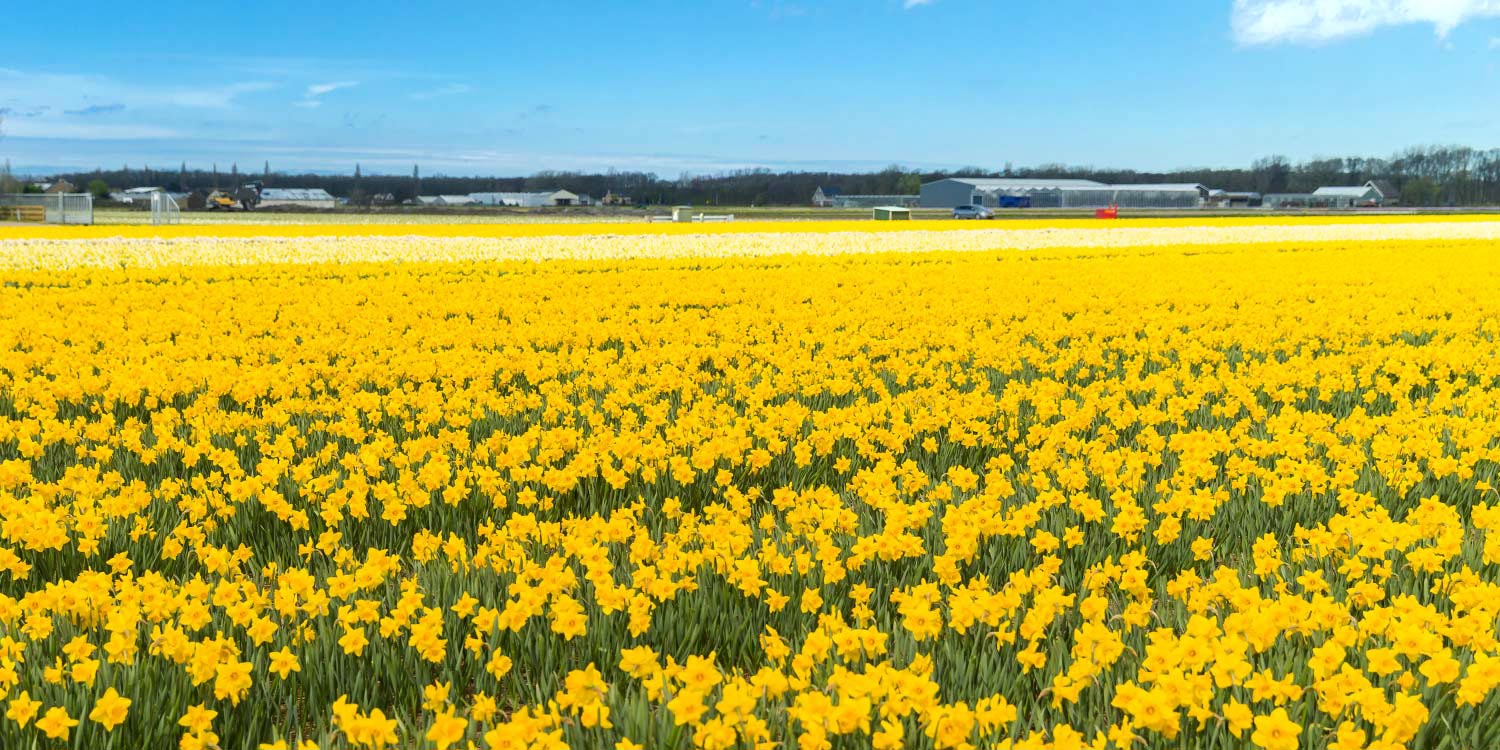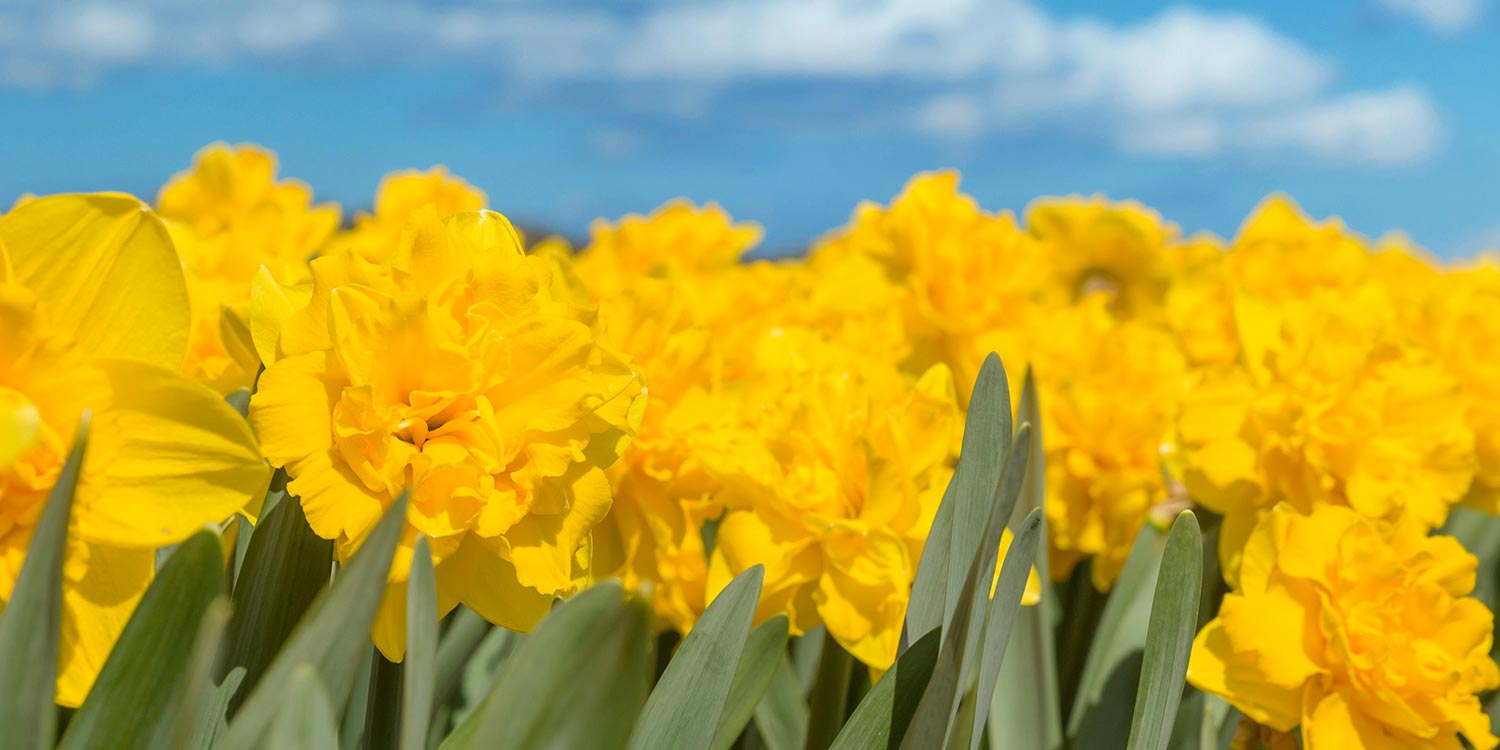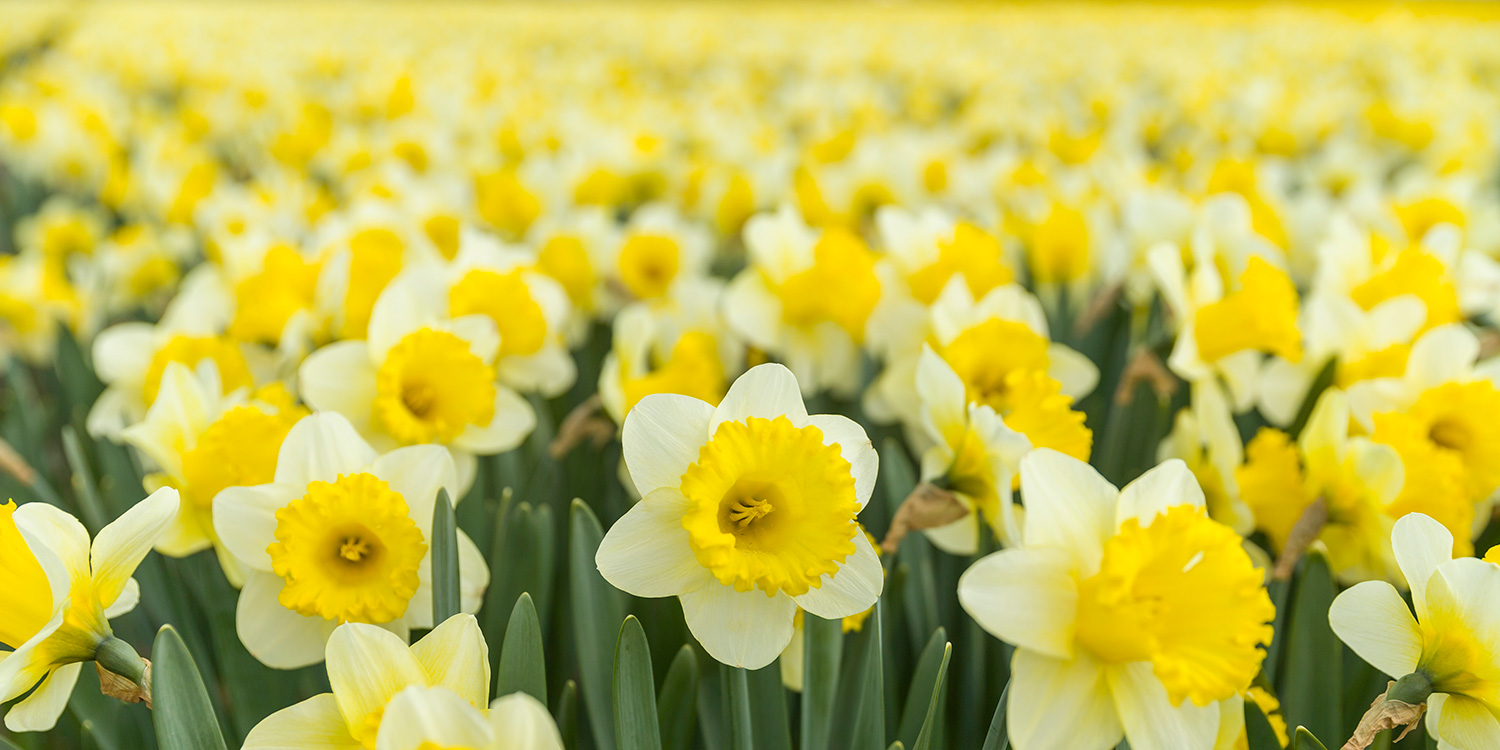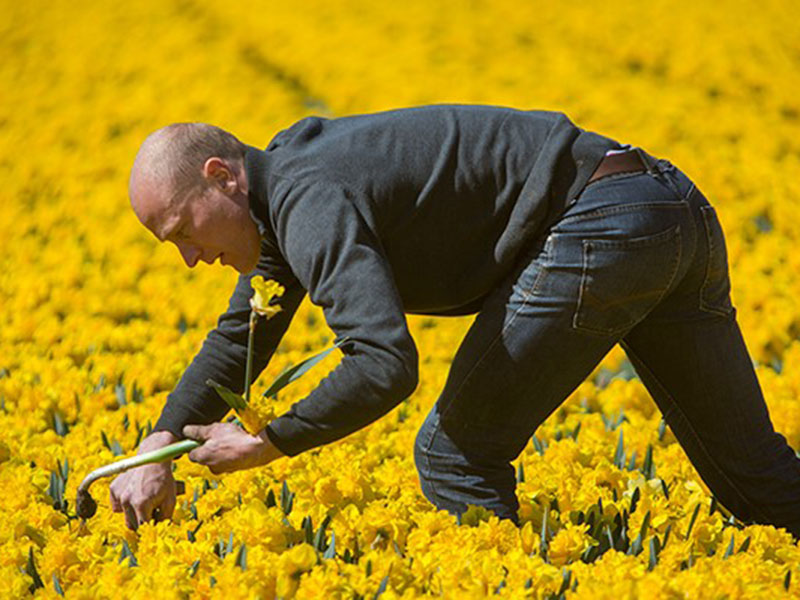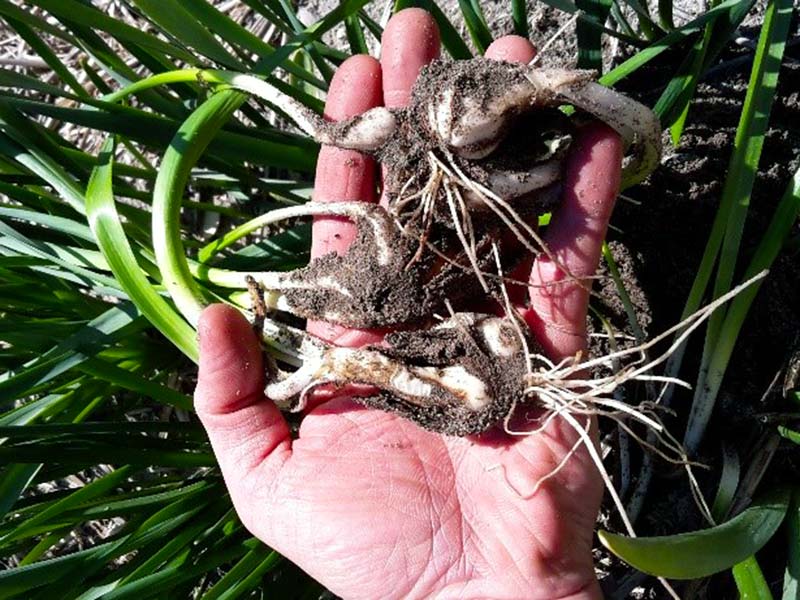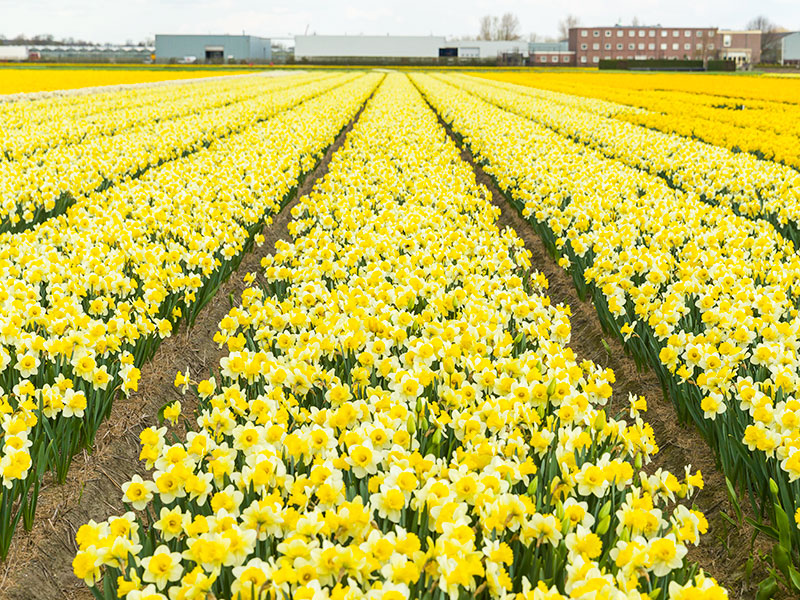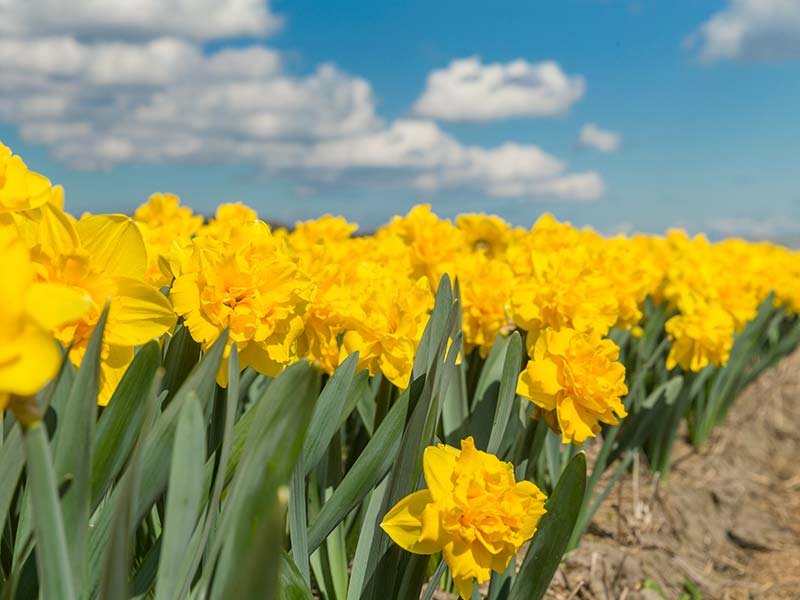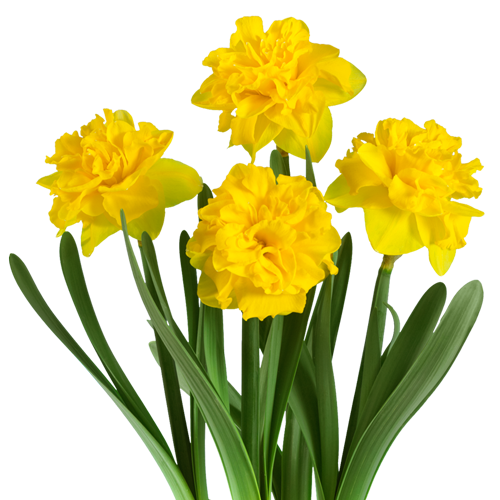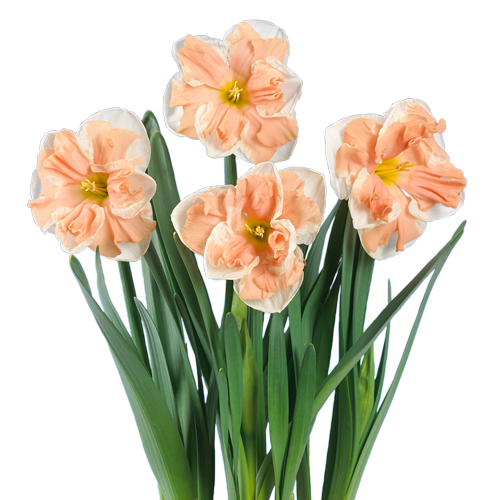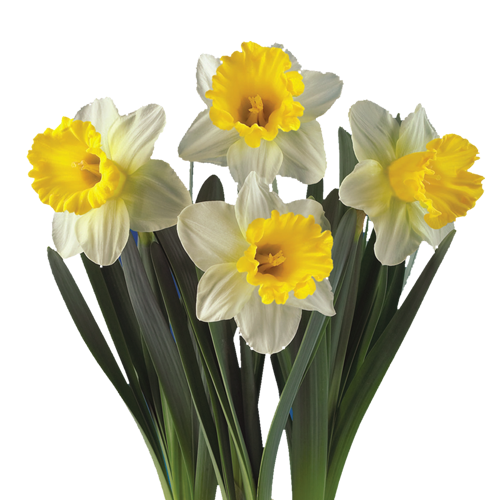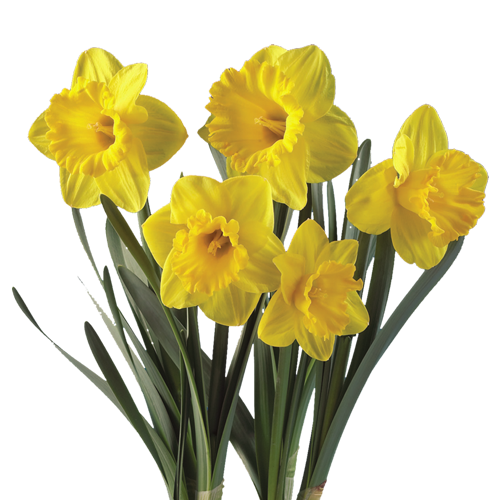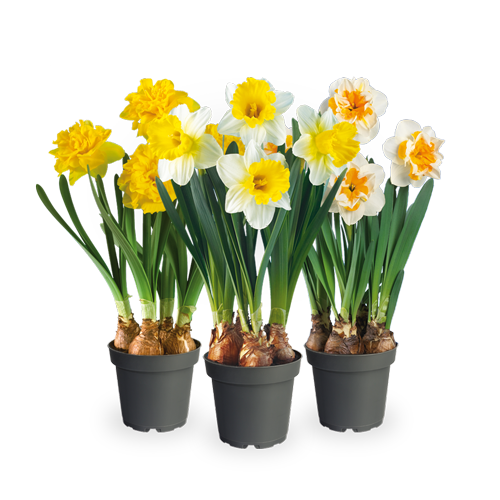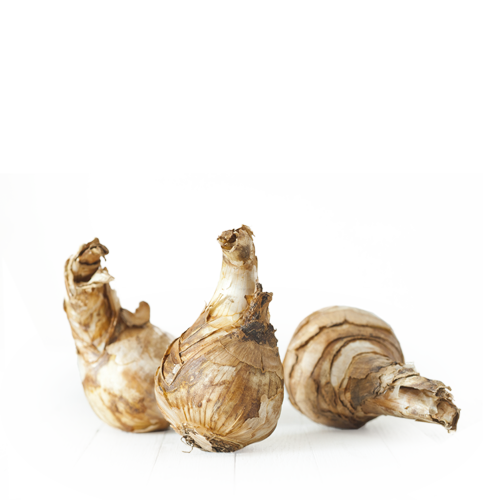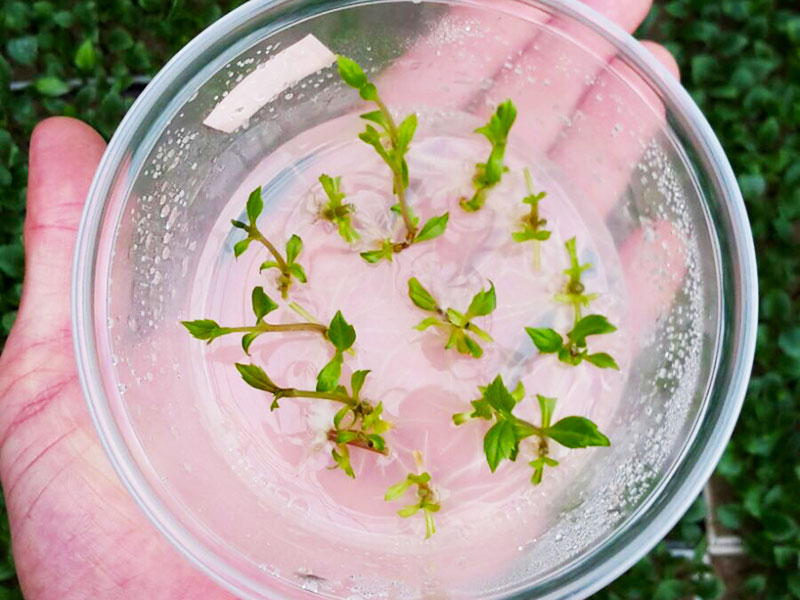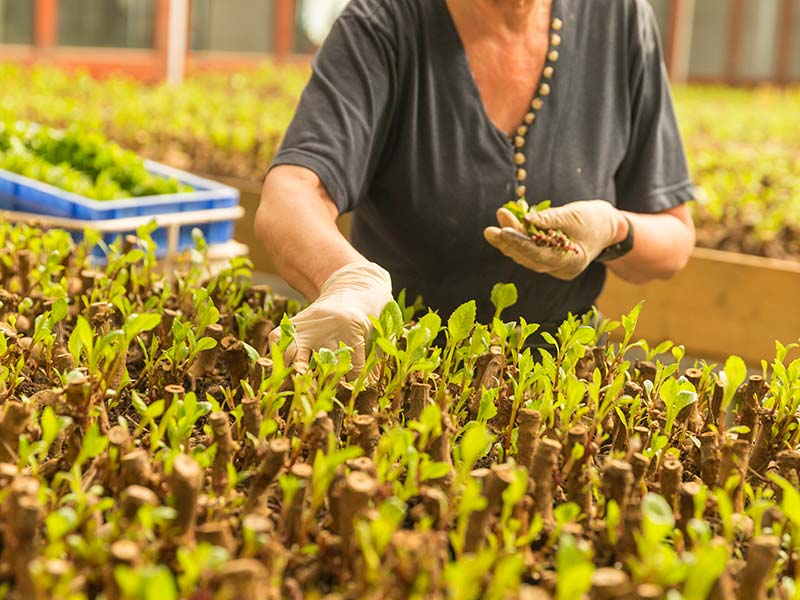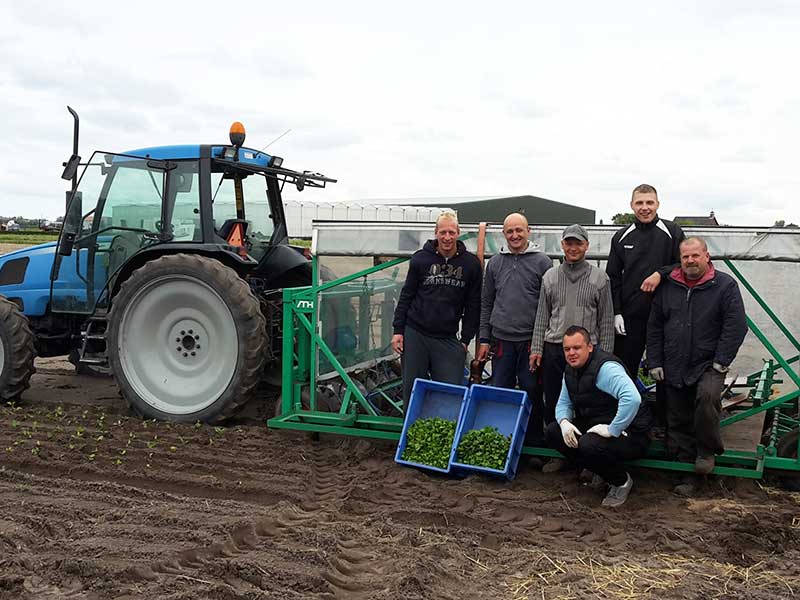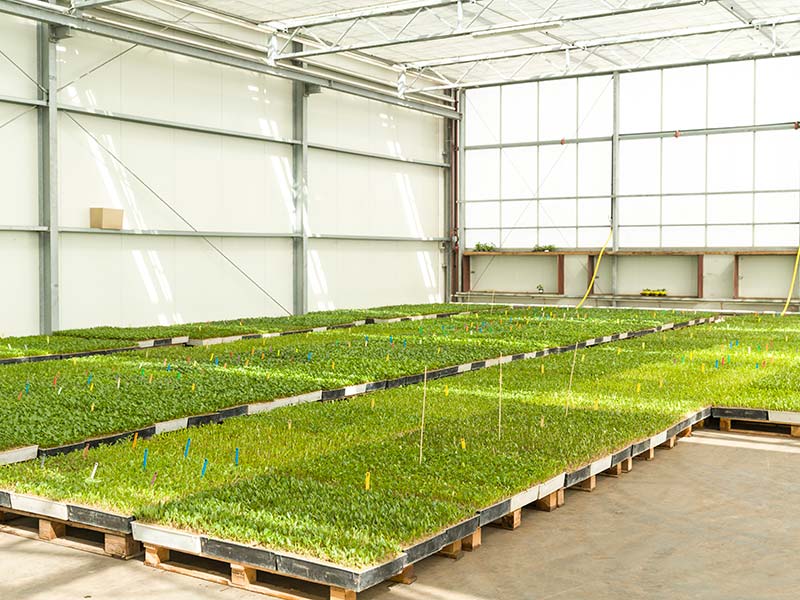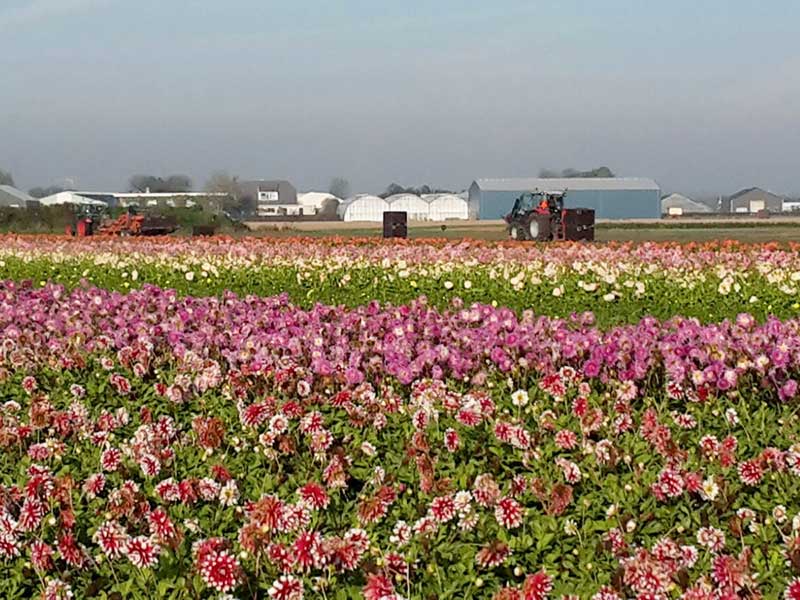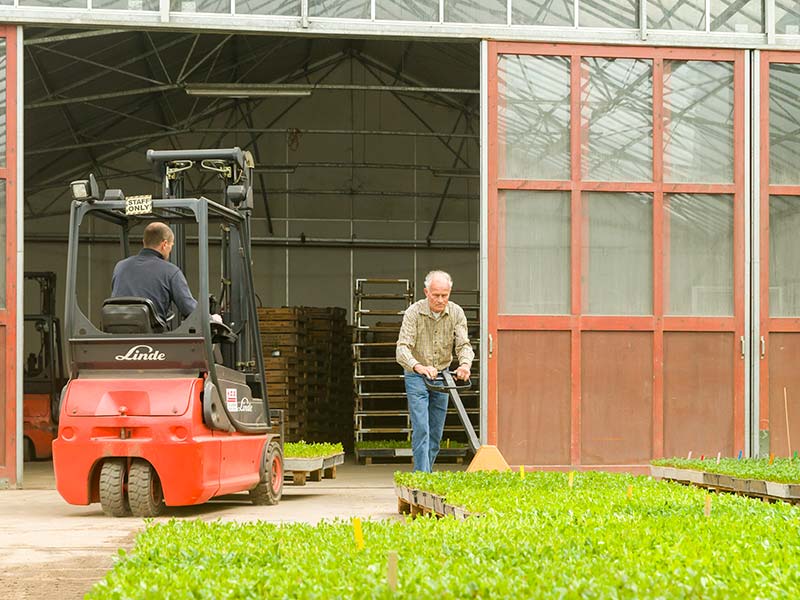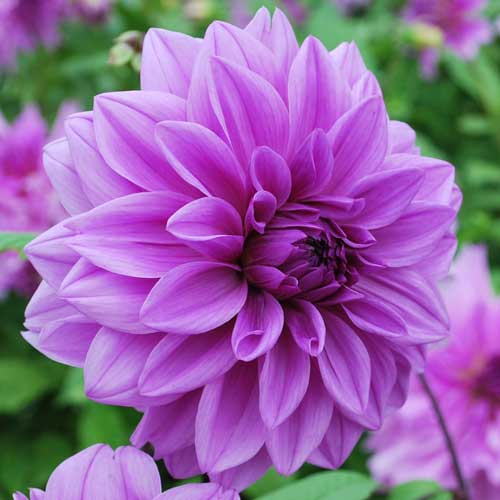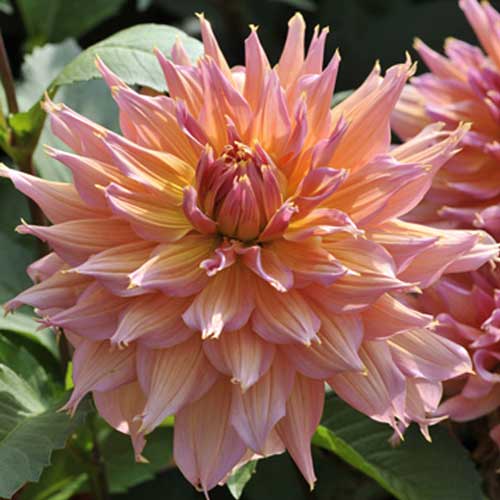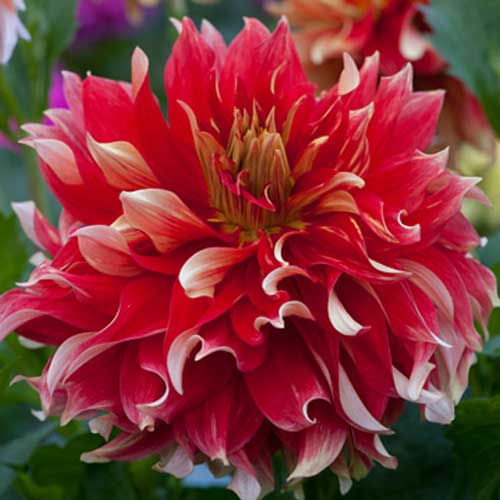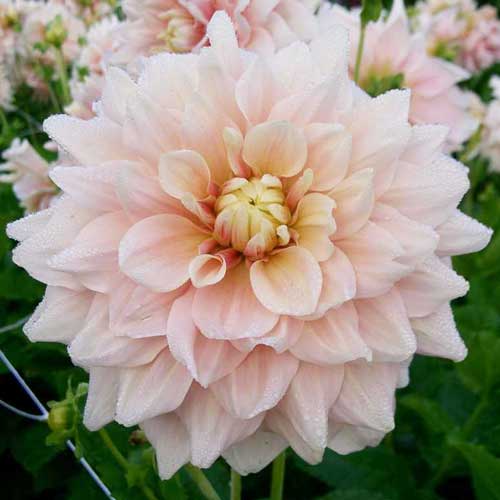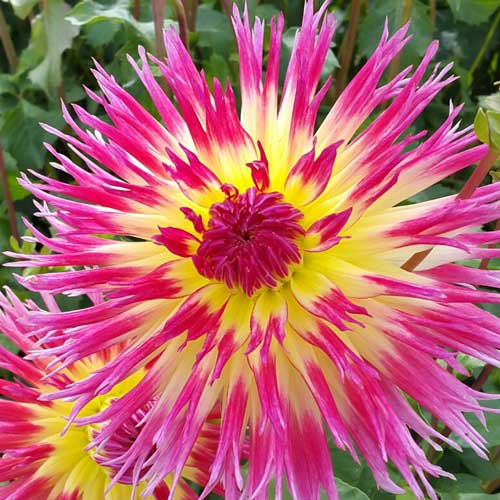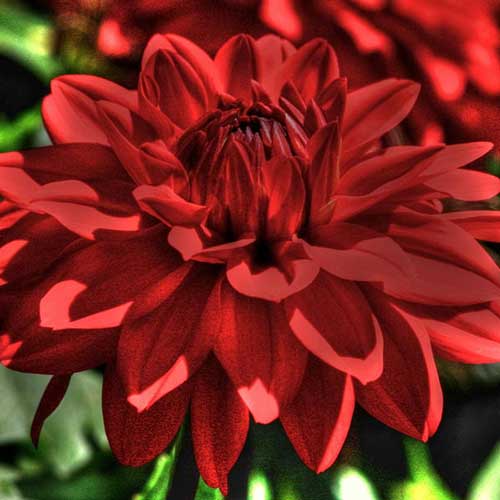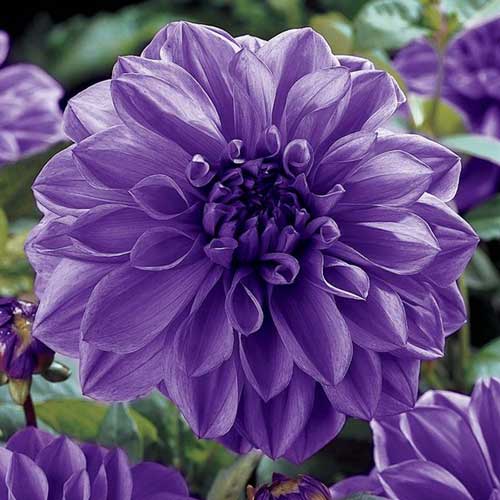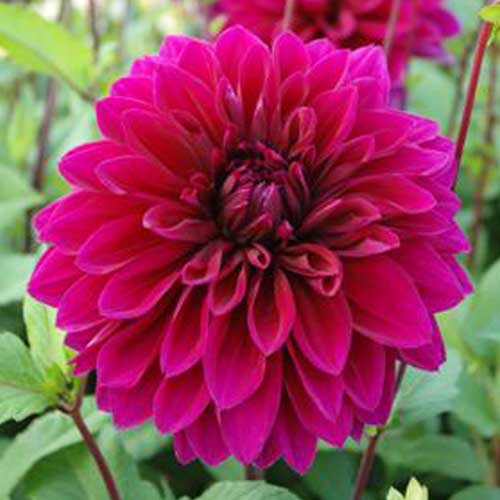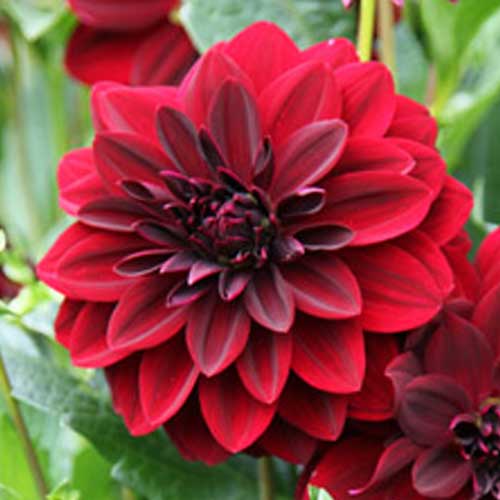A family business for three generations
The brothers Mark and Eric Bisschops conduct the daily management over the family business Fa. Bisschops, which was founded by their grandfather, Leo Bisschops. In the early seventies, father Rob continued the family business, after finishing his secondary horticultural school in Lisse. At that time, the focus was on growing daffodils, dahlias and tulips. Later, forcing daffodils in pots was added. Further specialization resulted in the tulip nursery being pushed off.
Nowadays, the brothers breed daffodils and dahlias at their business location in Voorhout. The whole process, from growing to sale, is in their hands. This ensures that the company is known as a reliable partner with a distinctive product range to offer.
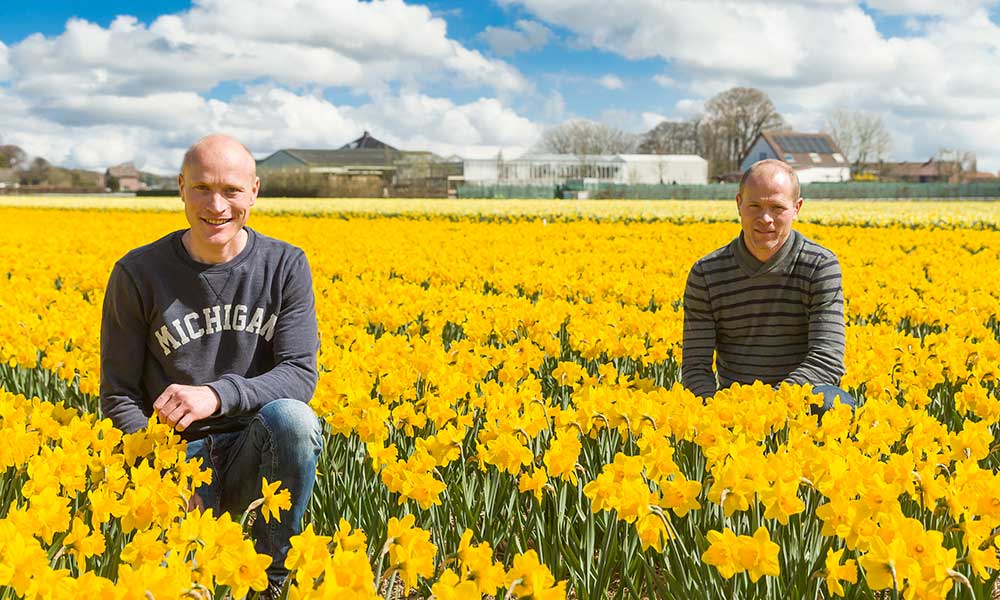
News
Unable to display Facebook posts.
Show error
Type: OAuthException
Code: 190
Please refer to our Error Message Reference.
Unable to display Facebook posts.
Show error
Type: OAuthException
Code: 190
Please refer to our Error Message Reference.
Unable to display Facebook posts.
Show error
Type: OAuthException
Code: 190
Please refer to our Error Message Reference.

Blooming daffodils on the market
During his early years, Rob Bisschops came in contact with the daffodil variety Gold Medal. This variety is the basis for the current production of daffodils in pots. These daffodils need to be short and firm with large flowers. The variety Gold Medal and other varieties meet these criteria.
Recently, we connected the name XL-flowers to our daffodils for creating extra visibility in the market and to show that there are other varieties than the narcissi Têtê-à-têtê. Our daffodils are exhibited at the Keukenhof. Every year, the million of visitors admire the presentation of our daffodils in pots, resulting in nice comments and lots of pictures. Since 2006, the search for new varieties is continued in a breeding program.
Nursery
Most varieties that are being used for growing daffodils in pot are grown in our own plant nursery. The cultivation of daffodils starts with chipping the bulbs. In this process the bulbs are sliced into 8 chips, resulting in 8 to 10 new bulbs. After 3 to 4 years of growing, these bulbs are ready for pot culture.
Field soil in optimal condition is characterized by a high biodiversity (i.e. rich variety of microorganisms) and the ability to hold nutrients well. To keep our field soil in optimal condition, we use compost and non-inversion tillage. Therefore the bulbs profit from the microorganisms and as a result they are more disease resistant. This sustainable way of growing bulbs allows Fa. Bisschops to breed a distinctive range of daffodils with a low susceptibility to diseases and a high production rate.
Breeding program
Renewal of the product range is very important to remain an attractive partner for trade. With this in mind, Fa. Bisschops started a breeding program in 2006. The goal is to find improvements over the current product range. Selection criteria are robustness, flowery, large flowers, disease resistance and a high production rate. It takes 5 years for a daffodil to grow from a seed into a flower. Meanwhile, the first successes are emerging.
Sale
A part of the bulbs grown at our plant nursery are sold, directly or through export companies, to growers from different countries, including the Netherlands, Central Europe, Eastern Europe, Scandinavia, North America and Brazil. The remaining bulbs are used for our own pot cultivation.

Robust
Large flowers
Heavy quality

Dahlias without borders
Dahlias have an important role in the history of Fa. Bisschops. Most of our dahlia tubers are exported to the United States. There, the consumers love giant and large flowered dahlias in appealing colors. Therefore, we became specialized in these varieties.
The cultivation cycle from cutting to tuber takes one year. This relatively short cycle makes it possible to respond quickly to market opportunities. The tubers are mainly sold in European and American chain stores, garden centers and specialty shops. With beautiful packing, young and old are tempted to plant this colorful summer flower in their home garden and they will not be disappointed!
Vegetative reproduction
Our company is one of the pioneers in the use of cultivated virus and bacteria-free raw material for propagation. We give a laboratory an order to cultivate disease-free plantlets. Next, these plantlets are planted in the open field, where they develop tubers during the summer. These so called “parent tubers” are used to produce cuttings during the winter. A tuber can produce up to 40 cuttings. These cuttings are the starting material for the cultivation of dahlia tubers, which will be sold to export companies.
Each season new plantlets are used. This ensures a high and consistent production of dahlia tubers with a low disease rate.
Growing in the open air
The cuttings from our propagation program shoot roots in the greenhouse. These rooted dahlia cuttings are planted in the open field after 10 May. Earlier is not possible due to the risk of frost.
As with growing daffodils, non-inversion tillage and compost is used to keep the field soil in optimal condition. Did you know that the microorganisms in the soil form a partnership with the roots of the dahlia plants and daffodil bulbs to exchange nutrients with each other?
After three to four months, the cuttings are grown into large plants. The tops are regularly mowed, so that the plants are growing in width rather than in height.
During the summer the plants develop tubers in the soil. Harvesting, sorting, counting and delivery of the tubers takes place from mid October till the end of November.
Market
Since Fa. Bisschops has a broad experience in propagation and cultivation processes, we focus mainly on the varieties that are difficult to grow.
If you are running an export company focused on dahlia tubers and if you are interested in our product line and quality, please feel free to contact us!
Thinking about market opportunities
We highly value our regular costumers with whom we love to share our knowledge. By having regular meetings on for example the optimal product presentation or various delivery stages, we try to maximize our market opportunities.
Do you recognize this vision, please contact us!

Contact form
Address (details)
Fa. Bisschops
Oude Herenweg 22
2215 RZ Voorhout
The Netherlands
+31 (0)252-211203
+31 (0)6-38662552
info@fabisschops.nl
Account nr. Flower auction Floraholland: 04218
Some of our exportpartners

